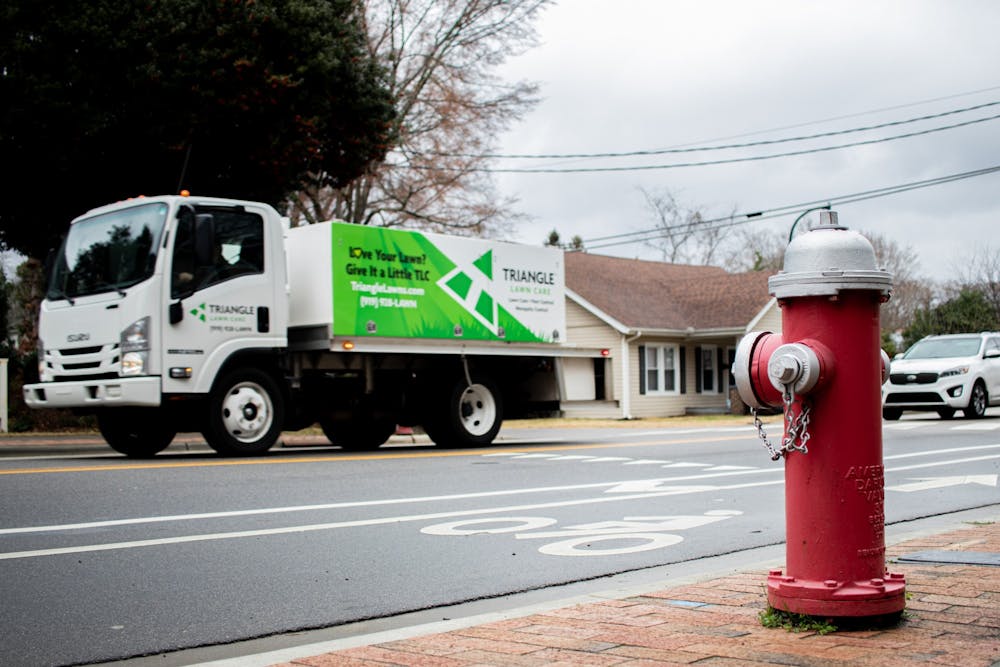The Orange Water and Sewage Authority announced temporary changes to its water disinfection process for the month of March in a recent news release.
Starting Sunday at midnight, the agency will switch from its typical chlorine and ammonia, also known as chloramine, treatment mixture to solely chlorine.
Katie Harwell, OWASA water treatment plant laboratory supervisor, said this switch is an annual occurrence to keep up with statewide regulations.
Chlorine is a stronger disinfectant but less stable than chloramine, she said. Though chloramine is the default treatment, the month-long switch to chlorine is because it serves as a more powerful cleaning agent.
“By using a short amount of time where we disinfect with chlorine and then using a really stable disinfectant the rest of the year, we are able to ensure year-round, good disinfection,” Harwell said.
The switch is done in March because hot weather causes the chlorine to be more reactive, she added.
OWASA works with several neighboring water service agencies, like Durham, to complete the process at the same time. Blake Hodge, the agency's communications specialist, said this is necessary to ensure local water systems are both reliable and high-quality.
“We’re cleaning out the pipes and the water along the way to make sure that what we’re delivering to customers at the end is still safe, high-quality drinking water that meets all standards,” he said. “It’s a preventative maintenance thing to make sure that we’re not having a lapse in the system anywhere.”
Throughout the treatment process, all water will remain safe and drinkable. Residents may notice a slight change in taste and odor, but Hodge and Harwell said not to worry.




